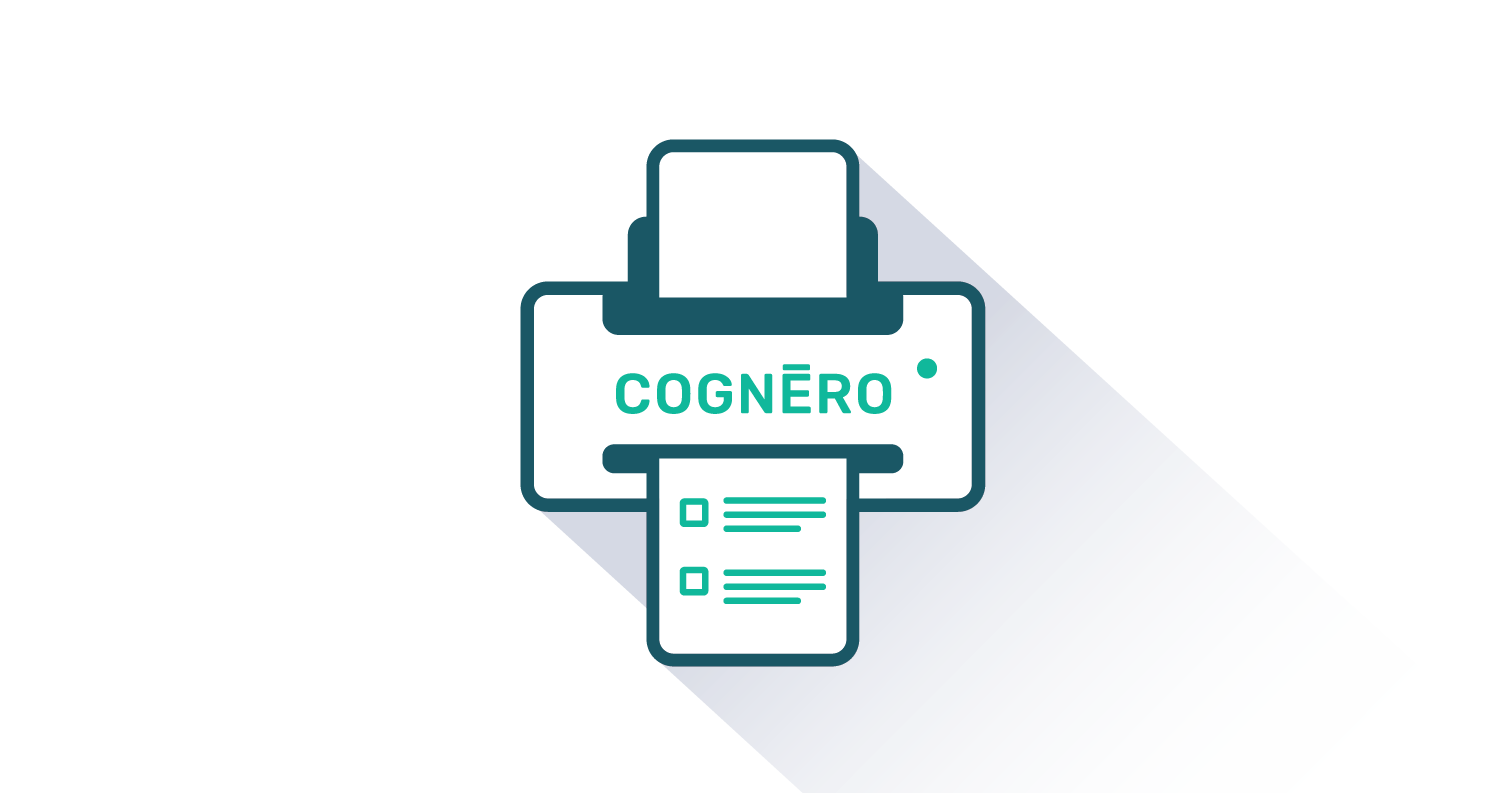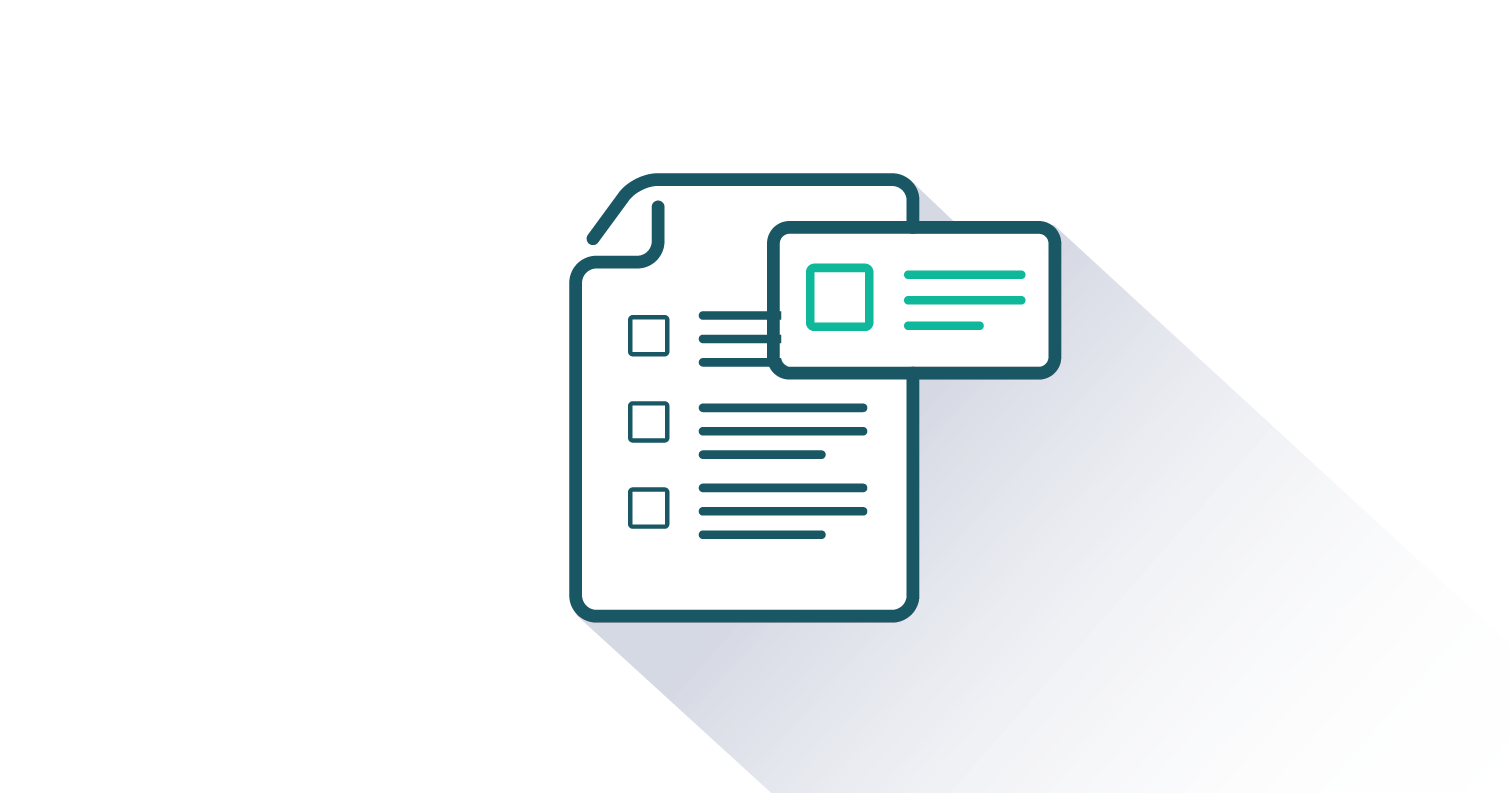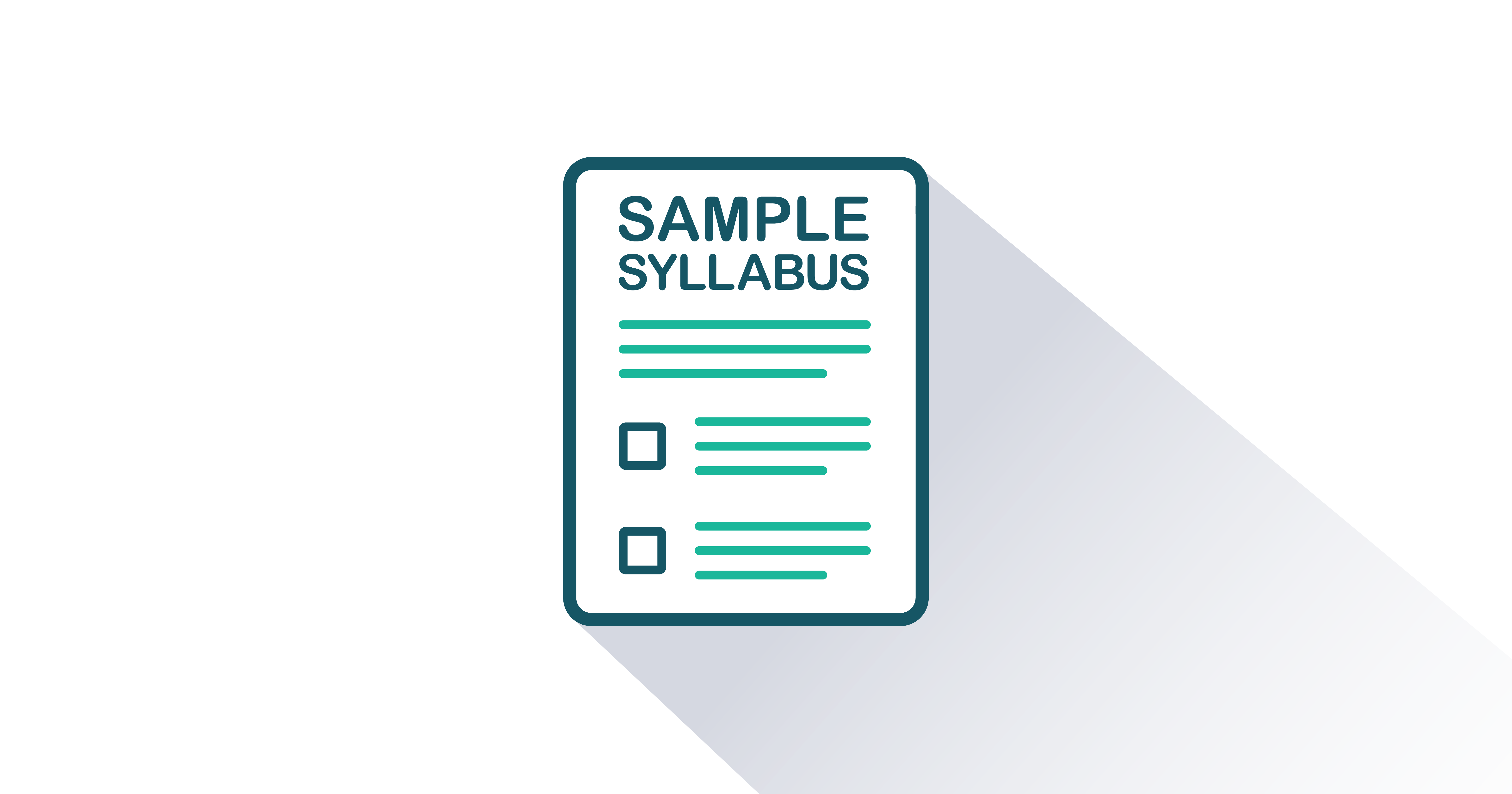- Published
- January 2021
- Page Count
- 662
- ISBN (Digital)
- 978-1-4533-3539-0
Sociology: Understanding and Changing the Social World, Comprehensive Edition

Version 3.0
By Steven E. Barkan
Included Supplements
Key Features
- COVID-19 Updates. Fully updated to include the initial impact of the coronavirus pandemic and resulting economic shocks.
- Many introduction to sociology texts leave students feeling overwhelmed and powerless in the face of persistent social inequalities. As the subtitle implies, this text stresses this persistence but also points to the possibilities for beneficial social change.
- Many students take sociology courses because they want to improve society. This text connects with them by emphasizing the discipline’s American roots in social reform and how it can be used to make positive and lasting change.
- Clear and jargon-free writing style invites students with all levels of academic preparation to engage and learn.
- Strong coverage of environmental and medical sociology, often missing in other textbooks, addresses fundamental issues for the nation and world.
- Rich and useful learning strategies embedded in the book include:
- Learning Objectives set the stage for each chapter’s main section.
- Key Takeaways end each main heading section to highlight key concepts just learned and promote retention.
- For Your Review poses questions for students to critically consider in the light of the section just read.
- Social Issues in the News boxes recount an event related to the chapter’s topic and proceed with thought-provoking discussion about the social issue related to the event.
- Sociology Making a Difference boxes show sociological insights and findings have been used, or could be used, to address the issue and achieve social reform.
- Learning from Other Societies boxes discuss the experience in another nation(s) with a common social issue.
- Theory Snapshots are tables that provide a quick reference tool for students to understand the varying theoretical approaches to the sociological topic in the chapter.
- What Sociology Suggests boxes summarize social policies grounded in sociological theory and research that will connect with students.
- Summary recaps key chapter topics.
- Using Sociology boxes guides students in mapping out plans to take action and make a difference.
Students
- Online Access Price
- $33.95
- Color Printed Textbook with Online Access Price
- $60.95
Sociology: Understanding and Changing the Social World, Comprehensive Edition Version 3.0 is suitable for undergraduate courses called Introduction to Sociology, Principles of Sociology, Sociology, or similar titles taught in sociology departments in both two- or four-year colleges and universities.
Sociology: Understanding and Changing the Social World, Comprehensive Edition encourages students to develop a sociological understanding of society that emphasizes how sociological knowledge can be used to effect change in society. It encourages students to make a positive difference in the world around them by developing their sociological imaginations.
New in This Version
Thoroughly updated throughout with recent data, new examples, and current events, including:
- 2020 polling data, updated data on suicide, unemployment during the coronavirus pandemic (Ch.1)
- Pandemic behavior and opinions; neighborhood influences on obesity; using age and COVID-19 to illustrate the difference between the independent variable and dependent variable (Ch. 2)
- Traditional cattle ritual in India and American individualism; COVID-19 behaviors (Ch. 3)
- Threats to a Muslim community center; watching television and the relationship between religiosity and belief in legal abortion; coverage of children’s well-being (Ch 4)
- The first Black woman to play Batwoman; violating additional role expectations during the coronavirus pandemic; impression management and job interviewing (Ch. 5)
- Teenagers’ acts of racist vandalism; regional incarceration and the influence of social backgrounds for ending up in coercive organizations; groupthink and wearing face masks; gender and race/ethnicity in regards to imprisonment; new discussion of Black Lives Matter as an example of groups working for social change (Ch. 6)
- Robbery and the elderly; fear of crime; crime and victimization; new discussion of population density, crime rates, and COVID-19 rates (Ch. 7)
- Effects of the 2020 pandemic on low-income Americans; income and poverty data (Ch. 8)
- Effects of the 2020 pandemic on the world’s poor, global poverty and inequality; the consequences of the global pandemic for malnutrition (Ch. 9)
- Nationwide protests after police killing of George Floyd; the severe impact of the coronavirus pandemic on people of color; new racial and ethnic data throughout; mass media portrayal of people of color; racial bias in the treatment of African Americans with COVID-19 symptoms; the hidden toll of racial and ethnic inequality on the health, including evidence that the presidency of Donald Trump has impaired the health of people of color; how structural racism helps explain the higher COVID-19 infection and death rates for African Americans and Latinx (Ch. 10)
- Representative Alexandria Ocasio-Cortez and slurs about women; updated data on LGBTQ population; updated gender data; women’s traditional gender roles and the Bible; women’s caregiving responsibilities and the gender pay gap; new section on gender inequality amid the COVID-19 pandemic (Ch. 11)
- Senior citizens and volunteer work; data on aging; older Americans and social media during the pandemic; higher COVID-19 death rates for older Americans; nursing homes’ carelessness during the coronavirus pandemic; food security among older Americans; and reducing ageism and helping older Americans (Ch. 12)
- Effects of losing federal unemployment benefits; work and labor data; low-wage workers and the coronavirus pandemic; bloated military spending (Ch. 13)
- Voting and the coronavirus pandemic; updated voting and other political data (Ch. 14)
- Increased domestic violence because of the coronavirus pandemic; family data; parenting and childcare during the pandemic; cohabitation; effects of divorce on children; same-sex marriage; childcare and housework during the pandemic; increased intimate partner violence during the pandemic; dating violence in college and high school; child abuse and the pandemic (Ch. 15)
- Ventilation problems in public schools; education data; low-income secondary school students’ challenged during the coronavirus pandemic; racial/ethnic gap in educational attainment; comparisons to Finland; school choice; social class and race in college admissions; problems experienced by low-income college students during the pandemic (Ch. 16)
- Religious Americans’ beliefs about COVID-19; updated religion and religiosity data (Ch. 17)
- Disproportionate impact of COVID-19 on low-income people and people of color; health and health care data; annual household income and self-reported health; American diets and risk for COVID-19; racial/ethnic disparities in COVID-19 infections and deaths; the high cost of U.S. health care (Ch. 18)
- Shrinking cities; population data; the pandemic’s effects on birth and immigration rates; urban life as a risk factor for coronavirus infections; immigration; limiting traffic and pollution in Europe (Ch. 19)
- Climate change’s effects on infectious disease; environmental problems data; air pollution and the impact of the coronavirus pandemic; overall impacts of climate change (Ch. 20)
- Black Lives Matter protests (Ch. 21)
- About the Author
- Acknowledgments
- Preface
-
Part 1: Introducing Sociology
-
Chapter 1: Sociology and the Sociological Perspective
-
Chapter 2: Eye on Society: Doing Sociological Research
-
Part 2: The Basics of Social Life
-
Chapter 3: Culture
-
Chapter 4: Socialization
-
Chapter 5: Social Structure and Social Interaction
-
Chapter 6: Groups and Organizations
-
Chapter 7: Deviance, Crime, and Social Control
-
Part 3: Social Inequalities
-
Chapter 8: Social Stratification
-
Chapter 9: Global Stratification
-
Chapter 10: Race and Ethnicity
-
Chapter 11: Gender and Gender Inequality
-
Chapter 12: Aging and Older Adults
-
Part 4: Social Institutions
-
Chapter 13: Work and the Economy
-
Chapter 14: Politics and Government
-
Chapter 15: The Family
-
Chapter 16: Education
-
Chapter 17: Religion
-
Chapter 18: Health and Medicine
-
Part 5: Social Change
-
Chapter 19: Population and Urbanization
-
Chapter 20: Social Change and the Environment
-
Chapter 21: Collective Behavior and Social Movements
-
Chapter 22: Conclusion: Understanding and Changing the Social World

FlatWorld Homework
FlatWorld Homework includes multi-format questions written specifically for your FlatWorld book, which you can access through our stand-alone interface or integrate with your learning management system.

Instructor’s Manual
The Instructor’s Manual guides you through the main concepts of each chapter and important elements such as learning objectives, key terms, and key takeaways. Can include answers to chapter exercises, group activity suggestions, and discussion questions.

PowerPoint Lecture Notes
A PowerPoint presentation highlighting key learning objectives and the main concepts for each chapter are available for you to use in your classroom. You can either cut and paste sections or use the presentation as a whole.

Test Generator - powered by Cognero
FlatWorld has partnered with Cognero, a leading online assessment system, that allows you to create printable tests from FlatWorld provided content.

Test Bank Files for Import to Learning Management Systems
For your convenience, we've packaged our test items for easy import into Learning Management Systems like Blackboard, Brightspace/D2L, Canvas, Moodle, or Respondus.

Test Item File
Need assistance in supplementing your quizzes and tests? Our test-item files (in Word format) contain many multiple-choice, fill-in-the-blank, and short-answer questions.

Sample Syllabi
Sample syllabi provide useful templates to help new faculty adopters revise their teaching plans to match their assigned FlatWorld textbook or lend insights to existing adopters on how to organize their classes.
DownloadAt FlatWorld, we take pride in providing a range of high-quality supplements alongside our titles, to help instructors teach effectively. Supplements are available for instructors who have registered their adoption with us. If you need to review or preview something specific, please contact us.
Already registered? Sign in here.
Additions & Errata
2/26/24 Errata:
Section 12.5: Replaced broken video link for "Which Countries Live the Longest" video.
Section 14.2: Replaced broken video link for "Types of Authority" video.
Section 16.2: Replaced broken video link for "A Brief History of Education in the United States" video.
Section 17.3: Replaced broken video link for "Introduction to Islam" video.
Section 19.2: Replaced broken video link for "Countries with Growing Populations" video with a new video on "Nigeria's Growing Population".
5/21/23 Errata:
Section 6.3: Updated "The Milgram Study" video link since the previous video link had broken.
9/9/22 Additions:
Section 7.3: A new paragraph on how COVID-19 has affected social disorganization was added in the “Social Ecology: Neighborhood and Community Characteristics“ subsection.
Section 8.5: A new paragraph on how COVID-19 has affected those living in poverty was added at the end of the “The Effects of Poverty” subsection.
Section 10.5: A new paragraph on how COVID-19 has affected people of color was added at the end of the “Health Care” subsection.
Section 14.6: Information about the war in Ukraine was added under the “War” subsection.
Section 15.5: A new paragraph on COVID-19’s effects on the mental health of working mothers was added at the end of the “Marriage and Well-Being” subsection.
Section 16.5: A new paragraph on college enrollment data was added at the end of the “Graduation Rates“ subsection.
Section 18.4: A new subsection was added on “Disability and Ableism.”
3/26/22 Errata:
Section 11.2. Under the “Gender as a Social Construction” subhead fixed errant reference to Chapter 7 to correct reference to Chapter 10.
12/14/21 Errata:
Section 11.2: Language under the “Sexual Orientation and Gender Identity” heading was updated.
Section 11.6: Updated language under “Reducing Gender Inequality: What Sociology Suggests” head.
Section 12.2: Changed sentence after definition of “gerontology.”
Section 18.2: Added missing “symbolic” before “interactionist theory’s concerns” in first paragraph under “The Symbolic Interactionist Approach” section.
Section 18.4: Updated Table 18.3 information to 2018 data.
Section 22.2: Corrected lettering to “f” from “g” in second paragraph under “Helping the Family and Schools” heading.
